Guys,
I need help identifying these molds. Ostensibly, they're both from Firefly, but I don't remember seeing these props anywhere. The pistol looks similar to the Jubal Early piece, but it's not. And I thought the slave collar might be from the Niska episode, but I think I’m confusing it with the torture device. Any ideas?
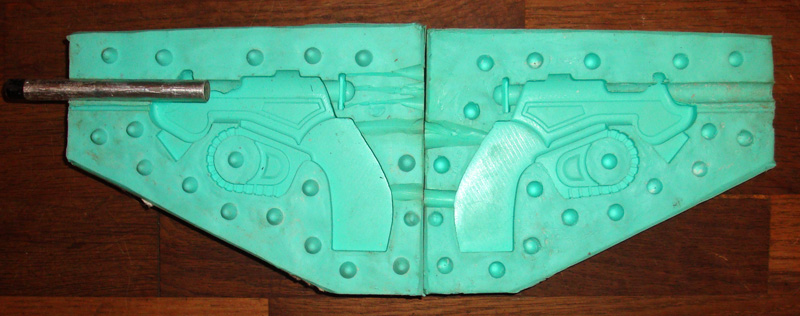
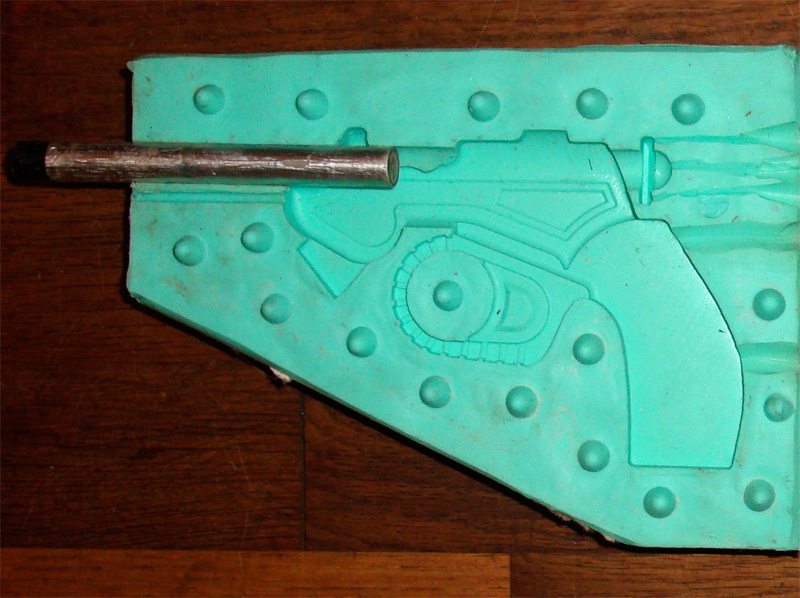
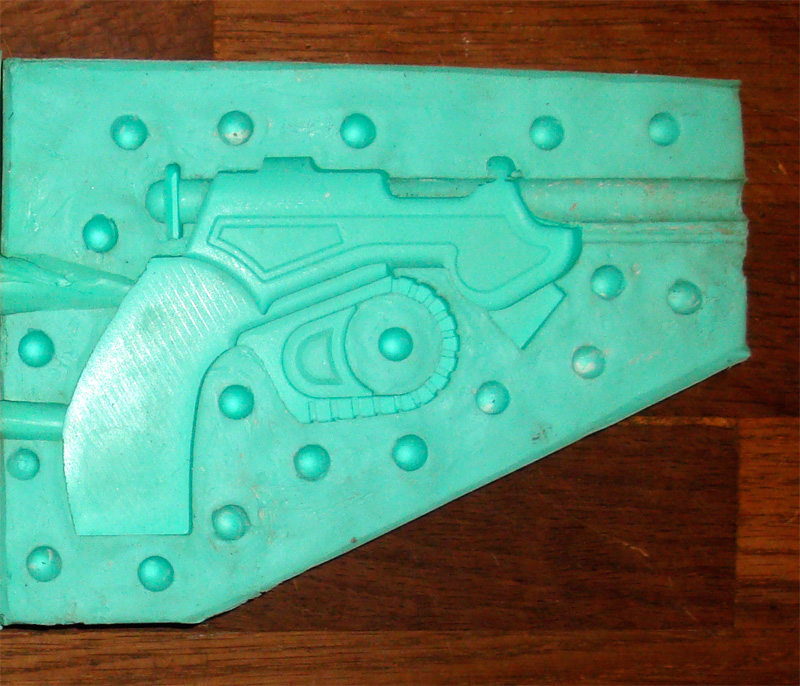
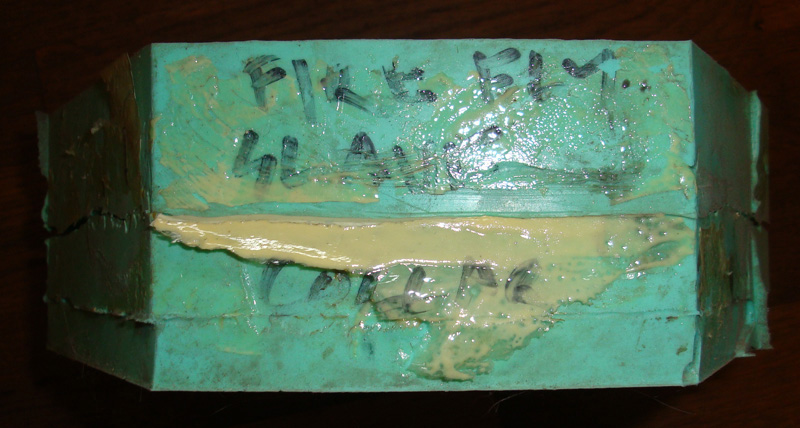
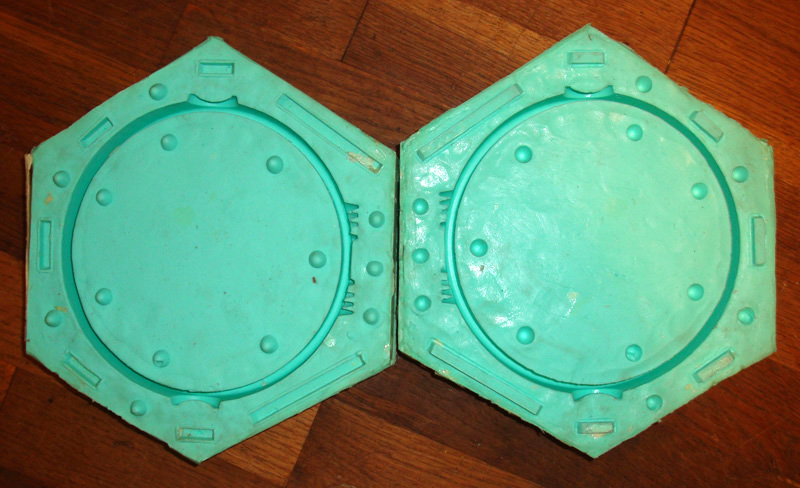
Phil
I need help identifying these molds. Ostensibly, they're both from Firefly, but I don't remember seeing these props anywhere. The pistol looks similar to the Jubal Early piece, but it's not. And I thought the slave collar might be from the Niska episode, but I think I’m confusing it with the torture device. Any ideas?





Phil
